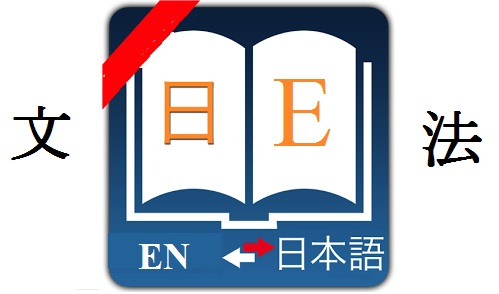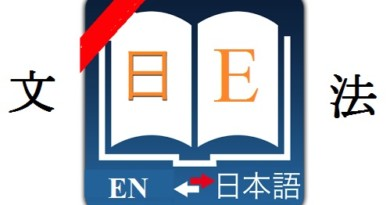Japanese と…たものだ grammar to…tamonoda

Let’s learn Japanese と…たものだ grammar to…tamonoda:
Formation :
VとVた(ものだ)
Meaning and how to use :
Describe a repetitive action or a habit in the past of something or someone.
Example:
あのことよくこのレストランで晩ごはんを食べたものだ。
Ano koto yoku kono resutoran de ban gohan o tabetamonoda.
I used to eat dinner at this restaurant at that time.
以前そばの家に行くと帰りたくないほど大喜びをした。
Izen soba no ie ni iku to kaeritakunai hodo ooyorokobi o shita.
I was so happy that I didn’t want to go home whenever I came to my grandmother’s house before.
小さいごろ、つまらなくなるとよく海岸で遊んだものだ。
Chīsai goro, tsumaranaku naru to yoku kaigan de asonda monoda.
When I was young, I often played on the beach whenever I was bored.
中学時代、新しい本を買うと彼女と交換したものだ。
Chuugaku jidai, atarashī hon o kau to kanojo to kōkan shita monoda.
When I was in junior high school, whenever I bought a new book, I exchanged it with her.
寂しくなると、よくここですごしたものだ。
Sabishiku naru to, yoku koko de sugoshita monoda.
I often spend time here whenever I get lonely.
Note: It usually goes with the form「たものだ」to describe reminiscence.
Above is Japanese と…た(ものだ) grammar to…ta (monoda). If you don’t understand the signs we used in formation, you can find their meaning here : signs used in Japanese grammar structures.
You can search the structure you want by using the search tool on our website (using key : grammar + ‘structure name’ or you can find more Japanese grammar structures in the following category : Japanese grammar dictionary
